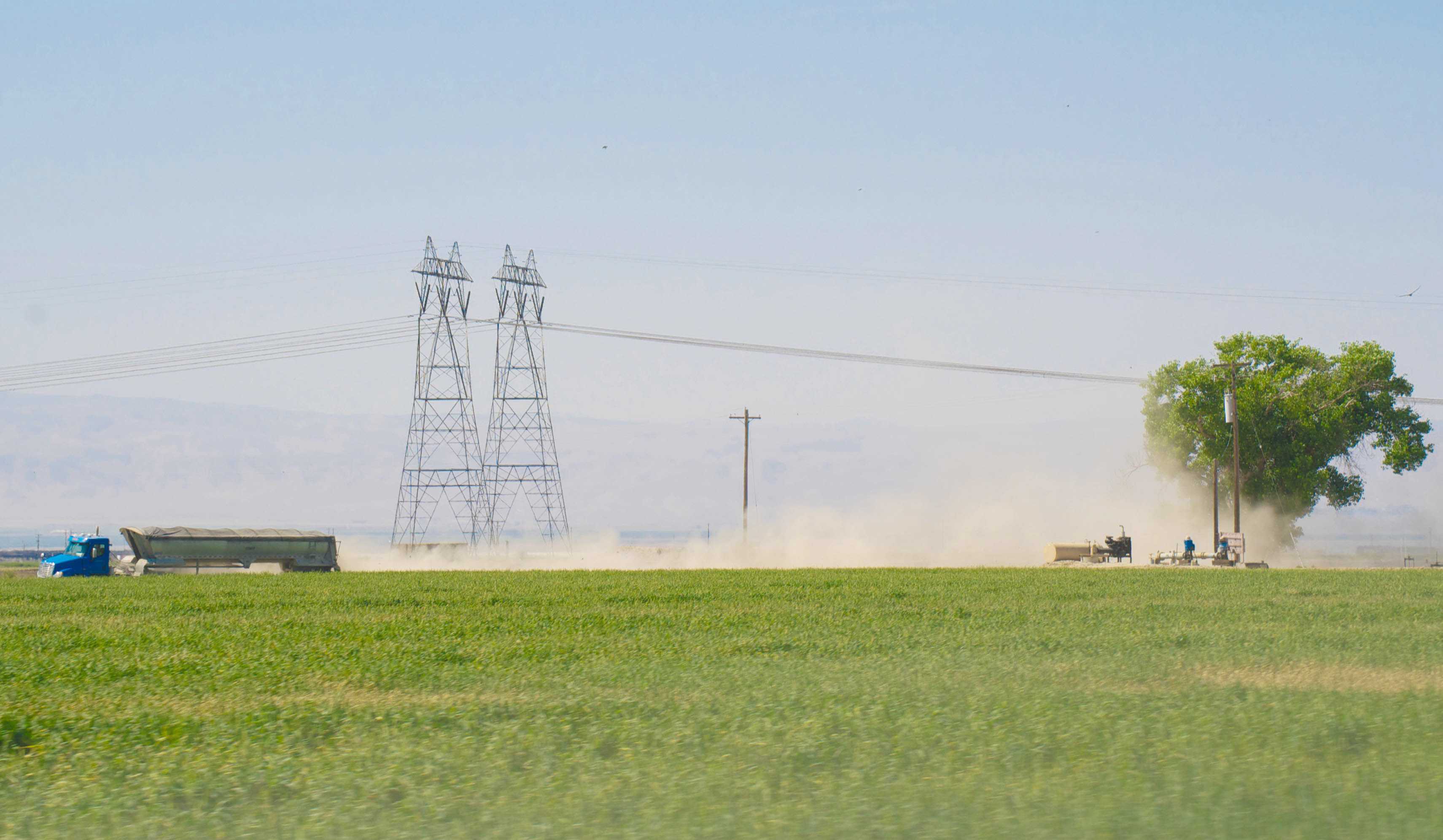Hot pink, fluorescent yellow, sparkles and black powder shine in an unexpected splash of color across the windshield. This is the death of a butterfly at 85 miles per hour.
On Interstate 5, in the part of Central California where you stop checking the GPS on your phone because it’ll only remind you of how far you still have to drive to get to either the northern or southern part of the state, a swarm of butterflies dive kamikaze-style into the once-clean windshields and front grills of cars, trucks and mobile homes every few minutes for a couple hundred miles.
They seem to be everywhere, by the looks of these splattered windshields, but they really ought to be on the endangered species list.
The orange and black monarch butterflies are here, wintering in over 200 groves located around the California coast, as well as in Mexico on the other side of the country, according to the SF Gate.
Though the butterflies have made a small comeback in terms of population, this is the first year in a long time that scientists have noted any growth.
Compared to the 18-year average, the monarch population has declined by 50 percent in California, according to the SF Gate in January. This number goes up to 90 percent when accounting for the overall population in both Mexico and California.
As a result of this population loss, as well as a petition from the Center for Biological Diversity, Center for Food Safety, the Xerxes Society for Invertebrate Conservation and entomologist Lincoln Brewer, the U.S. Fish and Wildlife Service may declare monarch butterflies an endangered species depending on the outcome of a year of research and review, which they began in December.
According to endangered species director of the Xerxes Society Sarina Jepsen in the SF Gate, “In the past 20 years it is estimated that these once common, iconic orange and black butterflies may have lost more than 165 million acres of habitat — an area about the size of Texas.”
Cars are not the most massive killer of these insects, though urban sprawl is a serious issue for them as well.
The main culprit is genetic engineering.
Farmers all throughout California and the rest of the country are using plants that are genetically modified to resist damage from herbicides so that they can spray massive amounts over their crops, effectively killing the milkweed and other flowers that the butterflies feed on, according to the Xerxes Society.
Scientists study these insects for their still-mysterious genetic imprinting capabilities.
When the butterflies migrate, they are only able to fly around 200 miles before they stop to lay eggs on the milkweed plant and then die. The caterpillars are born, mature to adulthood, and then follow the same inexplicable migratory routes.
The herbicide, Monsanto’s Roundup, is specifically designed to kill the monarch caterpillar’s only food source.
Their death rates are “so staggering that in human-population terms it would be like losing every living person in the United States except those in Florida and Ohio,” Tierra Curry, a senior scientist at the Center for Biological Diversity, said in a statement to Live Science online last January.
If the federal government decides to list the Monarch butterfly as an endangered species, it would be able to work with farmers and scientists to help rebuild the Monarch population.
Petition the U.S. Fish and Wildlife Service to save the monarch butterfly by contacting them at 1-800-344-WILD.




